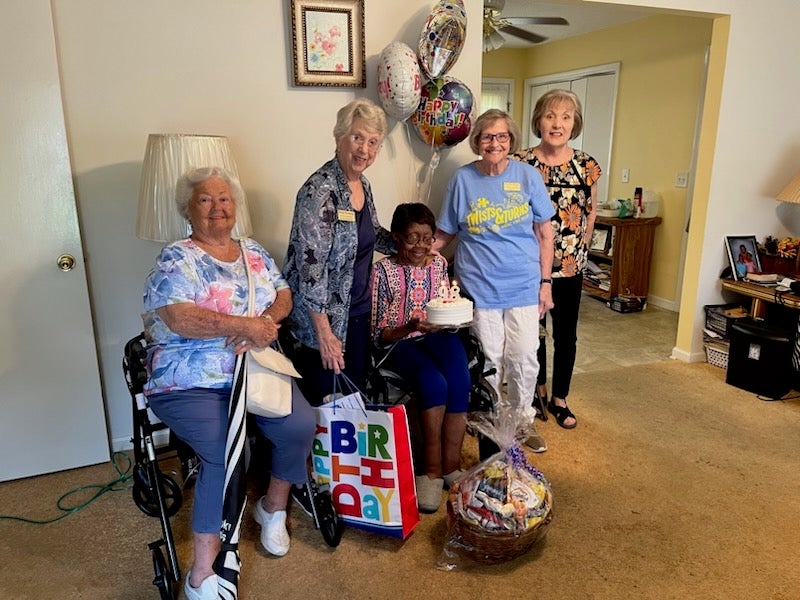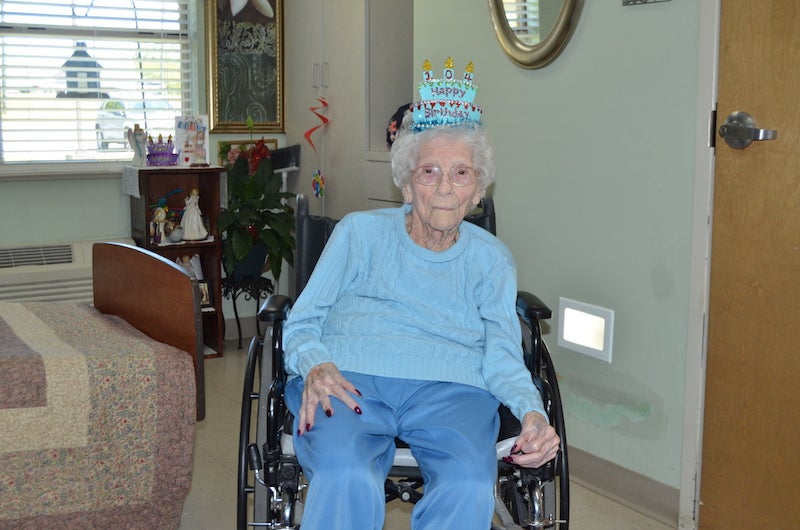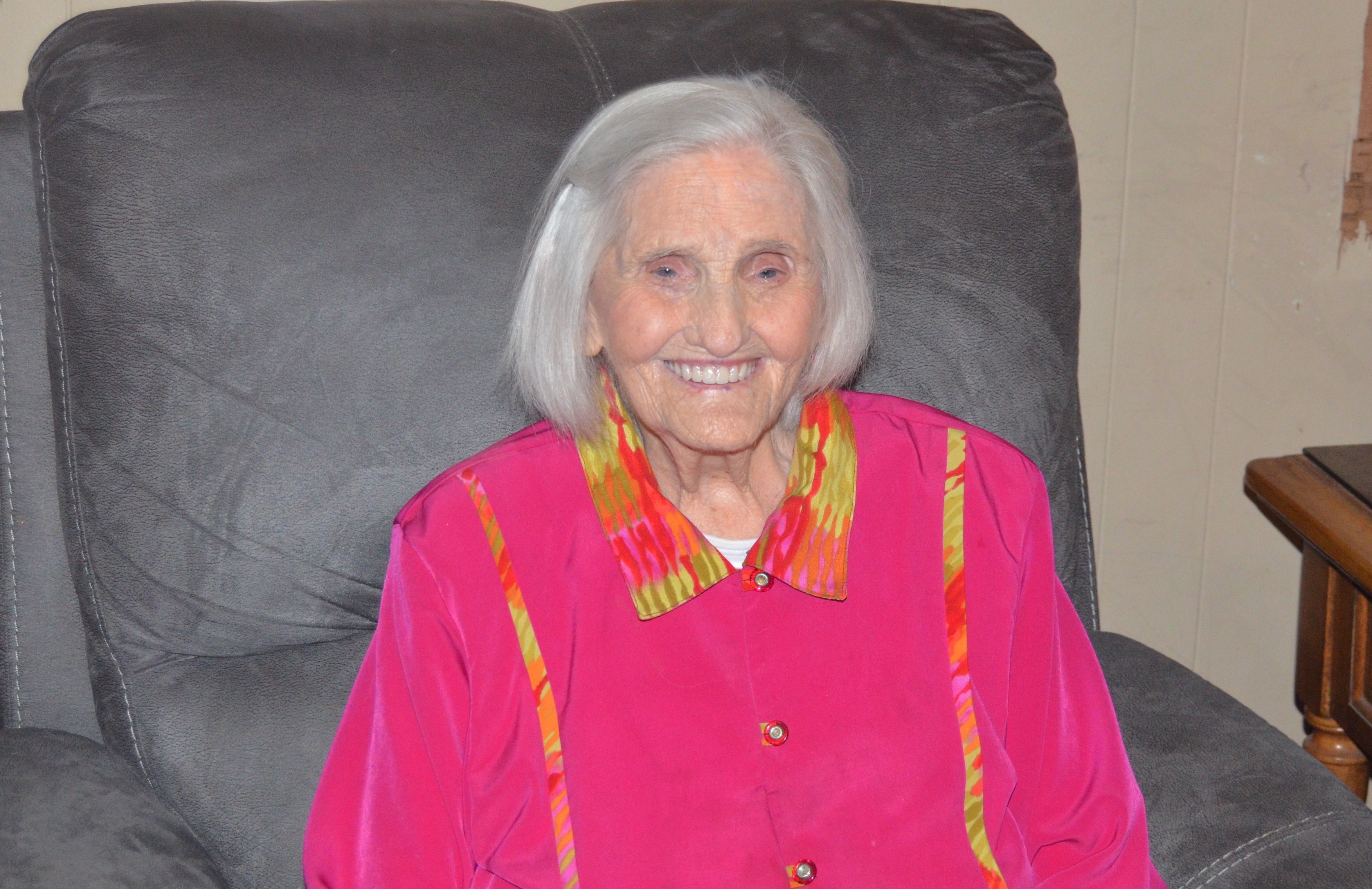Reaching new heights
Published 7:00 pm Thursday, December 25, 2008
The Chilton County Composite Squadron of the Civil Air Patrol has an airplane stationed here for the first time.
The plane, a Cessna 172, has special equipment for ground searches conducted from the air and other equipment for locating downed aircraft.
The plane’s assignment to Chilton County is a result of the squadron getting a qualified air crew. It was purchased by the Air Force to work in conjunction with ground members of the squadron.
Capt. Gary Ernest, squadron commander, said the plane will be a great resource for the community.
“Anyone in the county who is a pilot or is interested in flying should come by and visit,” Ernest said. “We need more volunteers.”
The Civil Air Patrol was formed during World War II just three days before the attacks on Pearl Harbor and initially had three defining missions: 1) search and rescue/disaster relief, 2) cadet training, and 3) aerospace education.
After the war, Civil Air Patrol became an auxiliary to the Air Force mainly to assist in coastal patrol. Today they work with Homeland Security in aerial reconnaissance missions and practice tasks, such as aerial photography of specific ships coming in and out of ports. This type of photography is used to asses damage, such as that dealt by Hurricane Katrina in 2005.
The local squadron was formed in the early ‘90s and focuses on training in both the aspects of aerospace education and cadet programs. It currently has 16 cadets and senior members.
Ground teams with the Chilton County squadron recently participated in house-to-house searches when a tornado hit the Prattville area to make sure nobody got left behind in the rubble. They also assisted in a search for a missing person in Selma.
“We do a lot of work the public never gets to see,” Capt. Fred Masterson said, emphasizing the program’s benefits to local youth.
The cadet program involves ages 12-18, and those who join by age 18 can remain a cadet until 21. They participate in search and rescue training, classroom training, and set up camp where they train to find missing victims and perform simple medical procedures such as controlling bleeding.
“The benefit to high school kids, like ROTC, is that when you actually join the service, you start out a couple of stripes ahead of everybody else,” Masterson said.
For more information about the squadron, please call 280-1501 or visit www.cap.gov.






